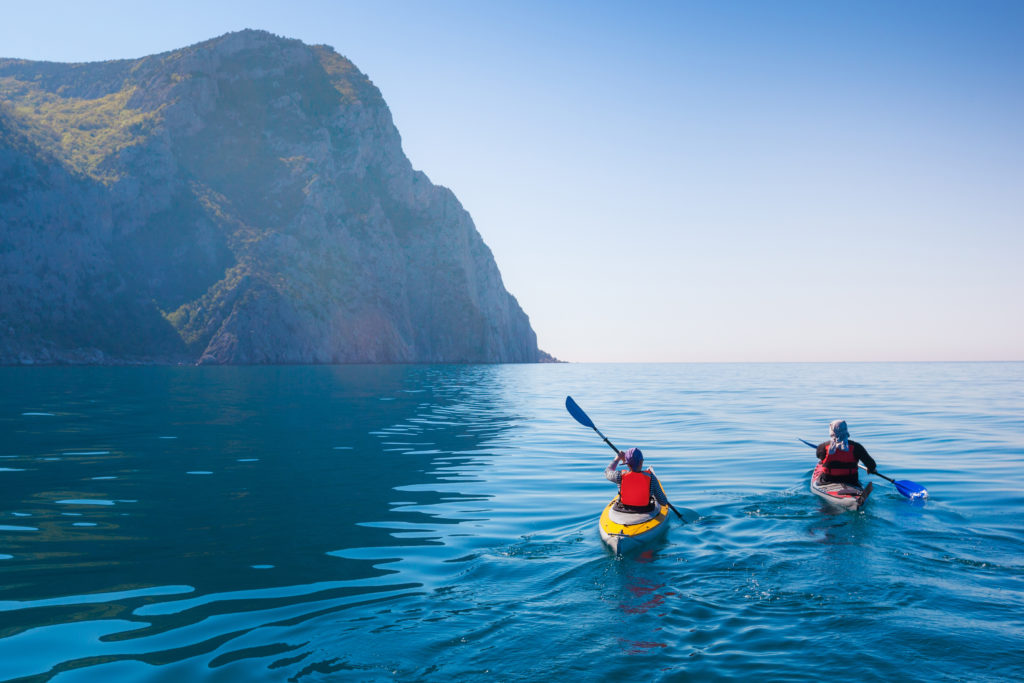Kayaking is an exhilarating outdoor activity that not only offers thrill-seekers an opportunity to connect with nature but also provides a unique way to explore and appreciate wildlife up close. When done responsibly and with an eco-friendly mindset, kayaking can be an enriching experience that fosters a deep respect for the environment and its inhabitants. In this guide, we will delve into the world of eco-friendly paddling, offering tips and insights on how to enjoy your kayaking adventures while minimizing your impact on the delicate ecosystems you encounter.
Choosing the Right Equipment
The first step to eco-friendly paddling starts with selecting the right equipment. Opt for a kayak that is designed to be eco-friendly, made from recycled or sustainable materials, if possible. Avoid using inflatable kayaks, as they are often made from non-biodegradable materials that can harm wildlife if not properly disposed of. Additionally, ensure your paddles are made from sustainable materials, and choose a life jacket that does not contain harmful chemicals.
Respect Wildlife and their Habitat
One of the primary objectives of eco-friendly kayaking is to respect wildlife and their natural habitats. As you paddle through various waterways, be mindful of your surroundings and the animals you encounter. Keep a safe distance from wildlife to avoid causing stress or disturbances. Avoid feeding or attempting to interact with the creatures, as this can disrupt their natural behavior and diet.
Practice Leave-No-Trace Principles
Leaving no trace is a crucial aspect of eco-friendly kayaking. Carry out all the waste you generate during your trip, including food wrappers, plastic bottles, and other items. Avoid disposing of any trash or litter into the water or along the shoreline, as it can harm marine life and spoil the natural beauty of the area.
Use Biodegradable and Eco-friendly Products
When packing for your kayaking trip, choose biodegradable and eco-friendly products whenever possible. Biodegradable soap and cleaning products are essential for maintaining personal hygiene and minimizing your impact on water ecosystems. Opt for reusable containers for food and drinks, and bring a refillable water bottle to reduce single-use plastic waste.
Paddle Responsibly and Avoid Sensitive Areas
To protect fragile ecosystems and wildlife, paddle responsibly and adhere to designated routes and water trails. Avoid paddling through sensitive areas, such as nesting sites or seagrass beds, which are vital for the survival of many marine species. Familiarize yourself with local regulations and guidelines, and consider seeking guidance from local conservation organizations or park rangers.
Educate Yourself and Others
Before embarking on your kayaking adventure, take the time to educate yourself about the local flora and fauna. Understanding the ecosystem and the challenges it faces will deepen your appreciation for the wildlife you encounter. Share your knowledge with others to promote responsible kayaking practices and foster a community of eco-conscious adventurers.
Support Conservation Efforts
Another way to contribute positively to the environment while kayaking is by supporting conservation efforts. Look for opportunities to participate in clean-up events or volunteer with organizations dedicated to preserving waterways and protecting wildlife. By actively engaging in conservation activities, you can give back to the environment that provides you with such incredible kayaking experiences.
Conclusion
Kayaking offers a gateway to explore and appreciate the beauty of wildlife in their natural habitats. Embracing an eco-friendly approach to paddling not only ensures a memorable experience for you but also helps preserve the delicate ecosystems and wildlife for future generations. By choosing the right equipment, respecting wildlife and their habitats, practicing Leave-No-Trace principles, using biodegradable products, paddling responsibly, educating yourself and others, and supporting conservation efforts, you can become a responsible and environmentally conscious kayaker. So, embark on your next kayaking journey with a sense of wonder and a commitment to protect the precious ecosystems that make these experiences possible. Happy eco-friendly paddling!

